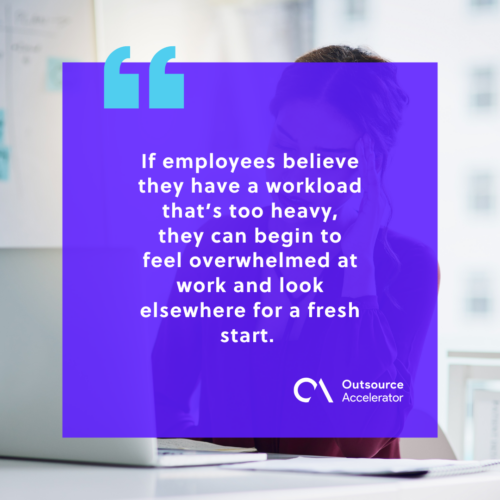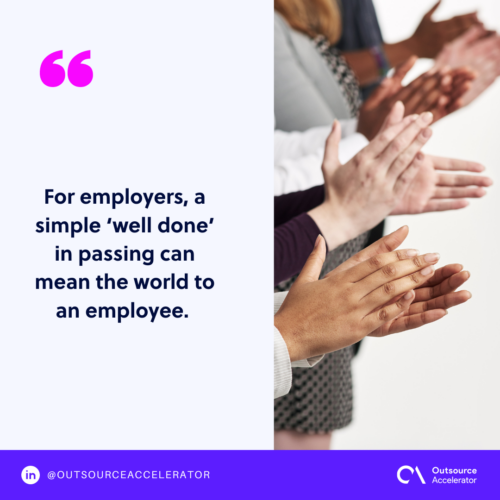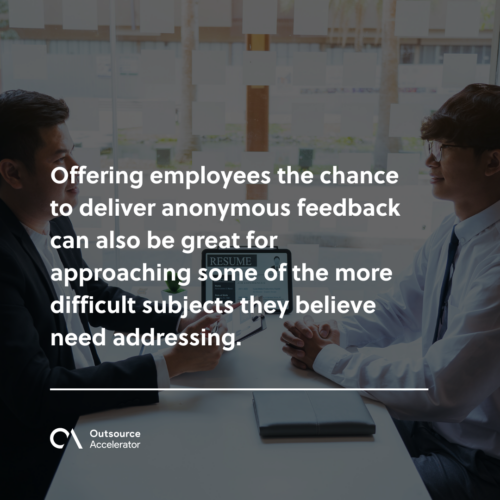5 reasons your employee turnover is too high and how to overcome them

This article is a submission by Peter Jobes of Solvid. Jobes is a tech, business & blockchain writer, having worked with the Press Association and clients like Tesco, RAC and HelpUCover.
For most businesses, high employee turnover rates can be the leading preventable impact on productivity and profitability.
Particularly in employee markets, it can take a lot of work to discover the right candidates and train them to a level of competency that can replace an outgoing staff member.
Statistically speaking, it costs $16,061.76 to replace the average US employee without considering costs like salary and equipment.
This means that keeping existing employees happy and competent in their roles is imperative for businesses. With involuntary employee turnover set to rise to almost 30% in 2023, it could be a costly time for businesses that aren’t looking at controlling their turnover.
There are many reasons why employee turnover can be high within a company, ranging from company culture, a perceived lack of progression, and matters relating to workload inconsistencies.
5 reasons you have excessive employee turnover
Let’s take a deeper look at why your employee turnover rates could be too high and how to get them under control:
1. Your employees are overwhelmed with workloads
If employees believe they have a workload that’s too heavy, they can begin to feel overwhelmed at work and look elsewhere for a fresh start.
It’s perfectly natural for employees to complain about the workload when a business is undergoing a relatively busy period. Still, if they continue to show discontent or display signs of dragging their feet in getting tasks done, it could be a sign of growing dissatisfaction.

Some employees may not vocally express their belief that their workload is high. It pays to look out for signs that something isn’t quite right. Ask individuals in one-to-one environments if they have any opinions on their workload.
Make yourself as approachable as possible in these circumstances. Each employee must be able to speak openly if they’re struggling to keep up with their expectations.
Suppose your turnover rates remain high without employees voicing their concerns. In that case, it could be worth creating a turnover rate calculator to better identify trends among those who decide to move on.
This can help to gain stronger insights and manage your rates more closely.
2. Your workers lack a sense of purpose
Sometimes it can be easy to forget that an individual’s job is the centerpiece of their life. When meeting new people, what somebody does for a living is typically a major talking point.
With this in mind, it can be easy to understand that a lack of purpose could damage an employee. Workers will always seek out job roles that not only benefit them financially but also that they can be proud of.
Employers can’t upgrade everyone’s job title to give them major responsibilities. However, a recent LinkedIn Talent Trends Survey found that businesses with purposeful missions saw 49% lower attrition rates.
Make target setting a core part of your employees’ journey with the company and take a more transparent approach to your organization’s goals and objectives.
Your workers will feel they’re actively contributing to the growth of the business and can adopt more personal targets to achieve a stronger sense of purpose.
3. Employees are unhappy with your company culture
Company culture is a major driver of employee turnover, and there can be plenty of factors that contribute to dissatisfaction levels. These can include:
- Workplace gossip
- Lack of communication
- Letting conflicts fester
- Unfriendly competition
- Lack of accountability
- Inappropriate conduct
- Insufficient managerial support
- Micromanagement
Some employees can naturally be a poor personality fit for a company.
But if your recruitment-level vetting process has deemed them a good match for your workplace, you must take the right steps to ensure that employees are looked after.
More team-building activities like a company sports day or team lunches can help.
Offering employees the chance to deliver anonymous feedback can also be great for approaching some of the more difficult subjects they believe need addressing.
4. Your recruitment process is lacking
As we’ve touched on in the last point, the recruitment process involves far more than simply picking the most qualified candidates.
HR departments are responsible for choosing the best culture fit within a company and those with similar values.
Picking an employee that isn’t a natural fit for your business will often result in discomfort between the worker and their managers, which may never be fixed.
To mitigate this, a sufficient vetting process must be in place. Look at the personality of the candidate as well as their experience and skills.
It’s also worth ramping up your onboarding process. Utilizing technology like VR onboarding can be an excellent solution in showing recruits a more holistic view of a company and giving them a more comprehensive taste of what life will be like working for you.
Hiring a perfect employee is not easy, but forcing a match that is not right for the company’s culture or values will not end well.
Even if you highly need to fill a certain position, employing a poorly matched employee is bad for your organization. No one does their best work when unhappy; incompatible employees are unlikely to be content with their new position.
5. Staff feel that their work isn’t sufficiently rewarded
It’s worth remembering that an employee’s work life represents the majority of their waking hours each week. To feel like they’re rewarded for their efforts can be a big deal for their happiness.
Working hard all week with no credit–or seeing somebody else take the credit for a project they worked hard on–can feel like a kick in the teeth. Businesses need to ensure that everyone feels valued.
For employers, a simple ‘well done’ in passing can mean the world to an employee. However, setting up a strong reward system for high-performing workers who rarely gain recognition can be excellent for ensuring more employee satisfaction and purpose.
Another key issue for businesses is taking home sufficient pay for their work. As the cost-of-living crisis continues to impact businesses and workers alike, offering higher pay rates can be trickier.
If you’re watching your purse strings now, being open about career progression and pay rates attached to employee promotions can be worth it. This can help to ensure higher productivity while avoiding dipping into tight budgets immediately.

Getting around high employee turnover
While employee turnover can be a costly loss for businesses, it can be a great metric for improving employee satisfaction.
Use turnover rates as a barometer for your mitigating measures and work to lower instances of resignations wherever possible.
As costs associated with hiring new talent and training up their competencies can take their toll on a business, it really pays to take those extra small steps in keeping employees happy.
Setting up employee goals and checking in a little more often can be one of the easiest money-saving techniques in the book.








 Independent
Independent




